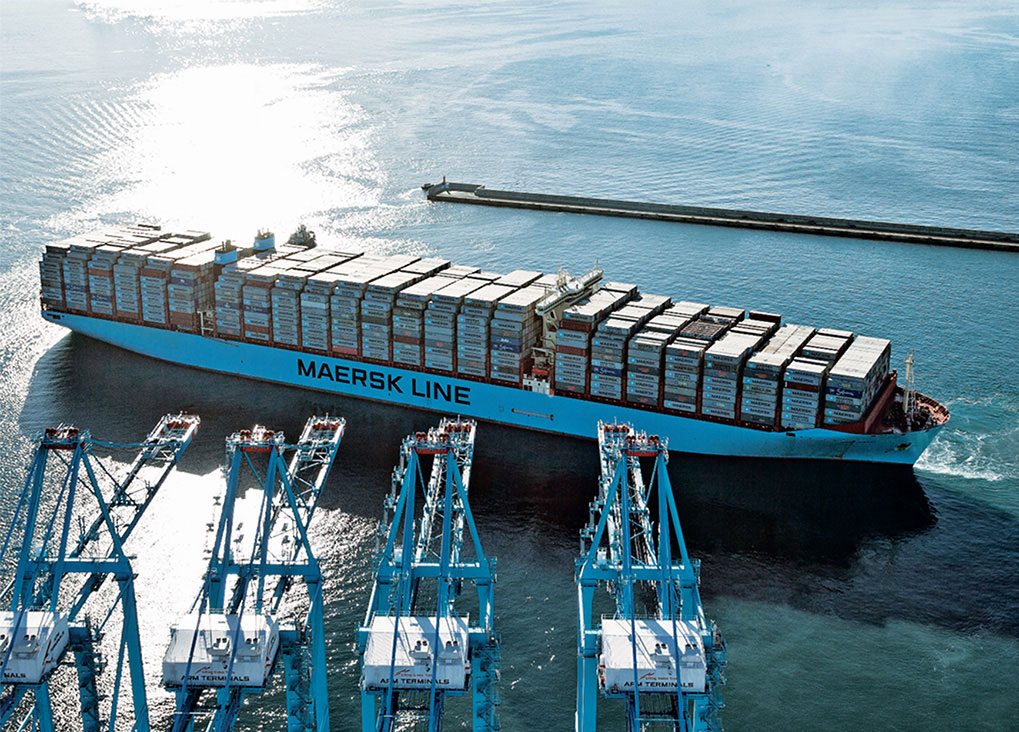The juggling industry to stay afloat

Daniel Bosch Wood
Maritim Lawyer
LLM Southampton
Las Palmas de Gran Canaria
Shipping lines create conditions for tariff increases
In a market saturated with the supply of capacity, it is difficult for shipping companies to maintain stable freight rates and much less at levels that are profitable. However, tariffs have been increasing lately and this is mainly due to the interminable joint effort of the industry to stay competitive.
According to the shipping rate index of maritime consultant Drewry, Global Freight Rate Index, freight rates are 37% higher during the period between the first five months of 2017, compared to the same period of the previous year
The five keys
A strategy consisting of five keys has been responsible for this commercial ‘miracle’. The first one was to scrap as many ships as possible, followed by deactivating those vessels that did not have high demand. The third key was to delay the delivery of new ships under construction, to keep the increase in capacity under control. The last two keys are a bit more complex: managing the ships that remain in service in a modality almost ‘on demand’, entering carefully into new territories to avoid saturating them; and anticipate the requirements of the routes to remove the excess capacity of those saturated routes and thus avoid empty navigations.
The routes that gave the best results were the East-West, while those that run North-South did not have the expected returns. The improvement in the performance of the East-West routes is due, in part, to a more stable growth in demand.
Bet on hitting and avoiding
Learning to anticipate the needs of the containerized logistics chain is an extremely complex task, especially considering the nature of the volume. The puzzle that shipowners must solve is how to accommodate peak demand in advance on any route with sufficient capacity and then avoid costly oversupply during periods of lower demand. The seasonality helps to take measures for certain dates in which the demand tends to increase, but the challenge is precisely in learning to dose the offer and optimize resources during the slowest periods.
The challenge is to become even more demanding, because no matter how much the delivery of new vessels is delayed, sooner or later the capacity increase will impact, adding complexity to the task of accommodating the existing capacity with the new one that is about to arrive .
